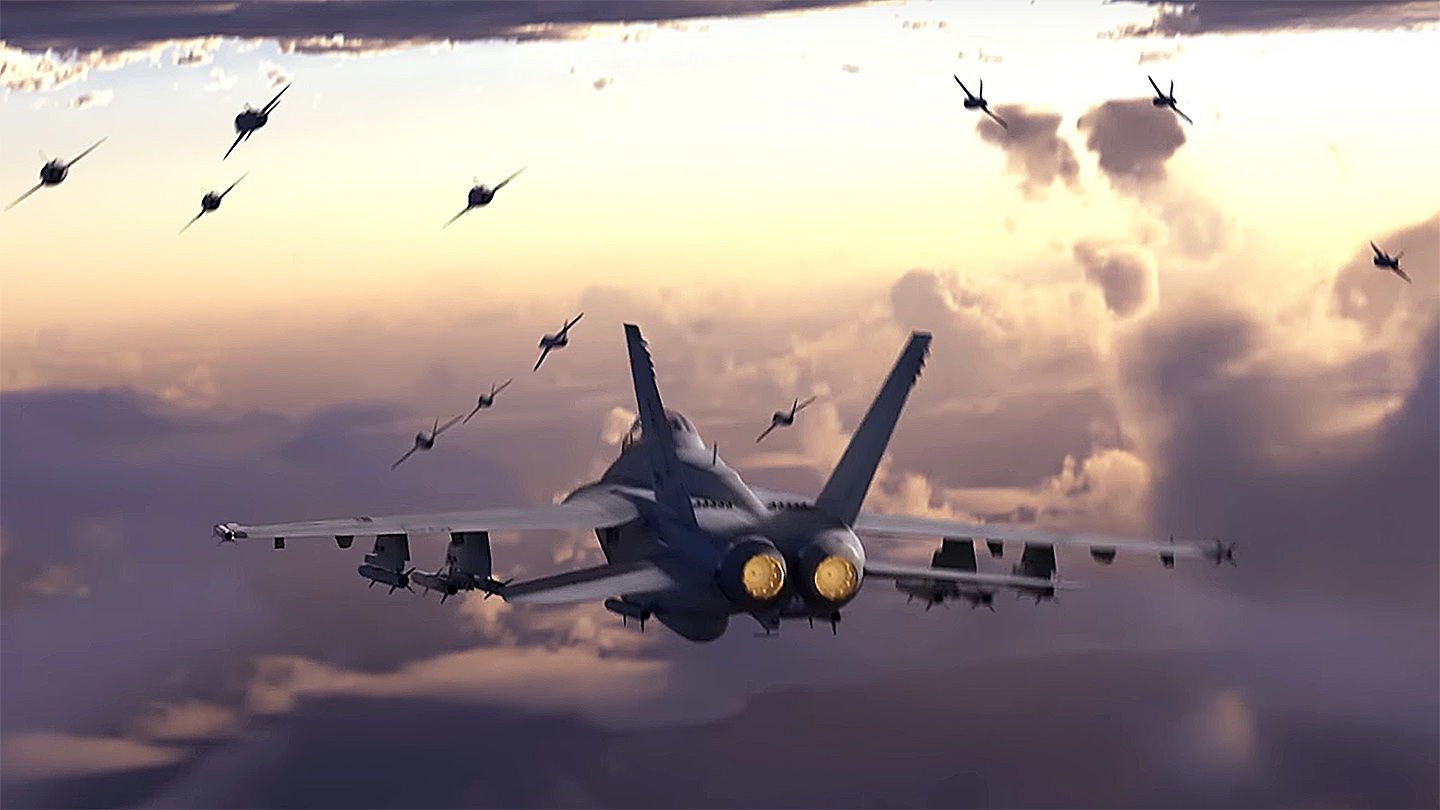We just got a clearer picture of where the Navy’s air arm stands when it comes to its progress — or lack thereof — in developing and fielding carrier-based Collaborative Combat Aircraft (CCA) that will fly primarily alongside the service’s fighter aircraft in a force-multiplying role.
Rear Adm. Michael “Buzz” Donnelly, Director of the Air Warfare Division (N98) within the Office of the Chief of Naval Operations, was asked about when CCAs will be integrated into the carrier air wing and what their primary focus will be during a panel at the annual Sea Air Space symposium in Washington, D.C. today, at which TWZ was in attendance.
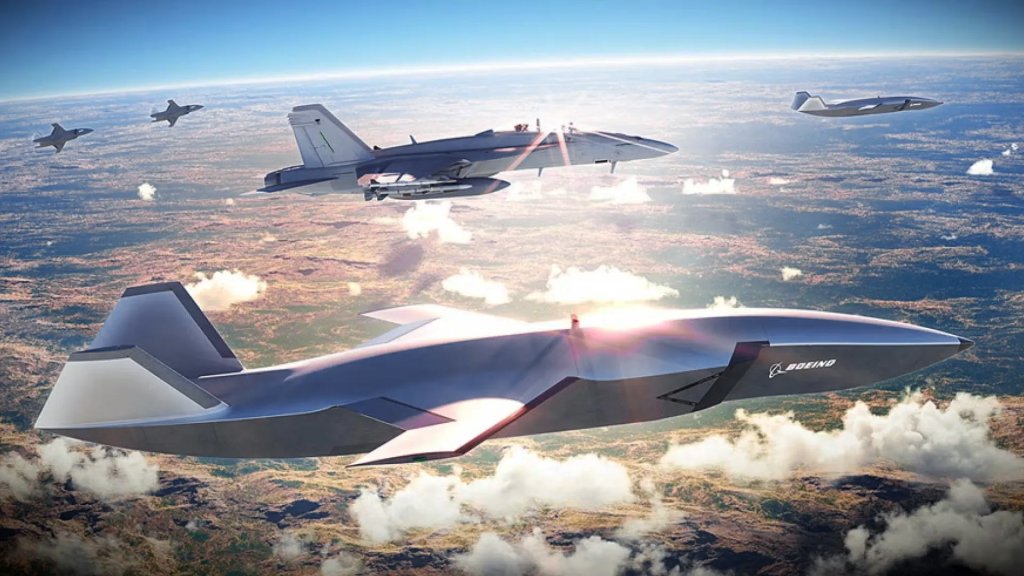
His response paints a picture of how the Navy is not heavily focusing on this capability right now. Instead, it is putting more effort into its MQ-25 Stingray tanker drone, and its supporting infrastructure, while allowing the other services, especially the USAF, to prove out the CCA concept. In other words, don’t expect CCAs on supercarrier decks anytime soon.
Donnelly stated:
“The United States Navy is in a tri-service memorandum of agreement and understanding with our sister services, the U.S. Air Force, as well as the Marine Corps, and we are developing that capability together. Each of us are focused on a different aspect of that. The Air Force is leading and very forward leaning in the development of the actual air vehicle and the autonomy that goes in those for execution of mission. Marine Corps is working closely to develop manned-unmanned teaming between platforms such as the F-35, the F-35B being the baseline for their aviation capability right now. And the United States Navy is working based on our pathway of unmanned into the fleet with MQ-25. The baseline architecture that will be required to enable those capabilities, as well as the ground control station that we are currently utilizing for MQ-25, we expect to become the standard for all of these systems.
As we work together for the United States Navy, I will tell you that we are definitely in the follow of those three services as we look to see how Air Force is developing and fielding things, quite frankly, in a more simple operational environment than what is required for a ship-based system. We know that we’re going to leverage what we learned in MQ-25 as a pathway of unmanned into the Carrier Air Wing and operating in the fleet over the next coming years, and then between what we see as mission capability, understanding of autonomy and the function of that in the mission capabilities, and what we’ve learned with MQ-25, I think it’s foreseeable that we’re going to see initial designs and capabilities fielding to the fleet in the 2030s.”
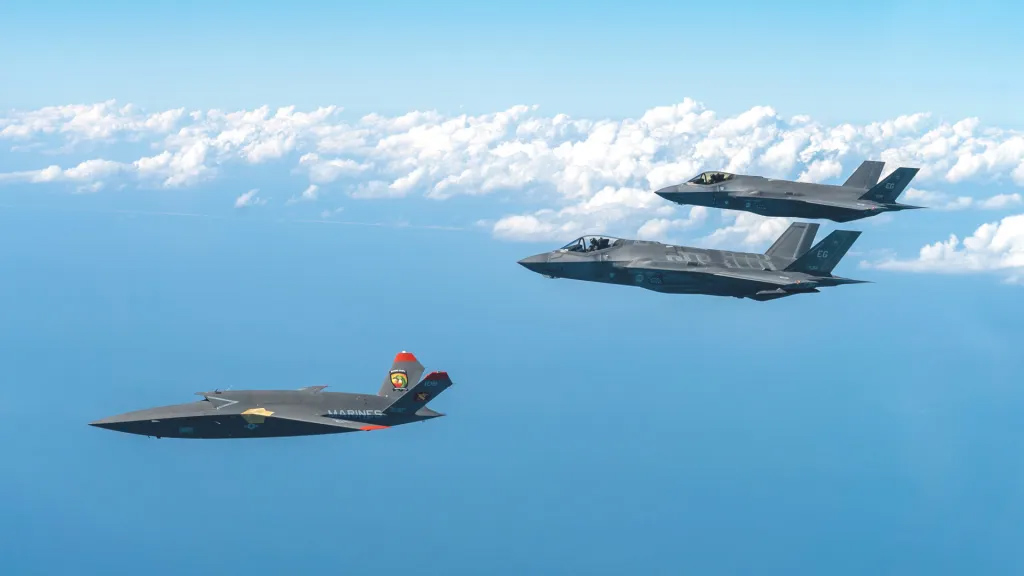
So, while we have indications that the Navy may not be moving as quickly on CCAs as the USAF, this is our most comprehensive update on the service’s thinking. Basically, the Navy is looking to leverage the other services’ trials and errors and will make informed decisions based on that data down the line. Just integrating the MQ-25 into the air wing is a huge hurdle to overcome, and some of those lessons and technologies could also feed in the opposite direction, back into the USAF and Marines’ CCA programs.
Donnelly is certainly right about how integrating CCAs onto a carrier is a tougher proposition than doing so at a large static airfield. At the same time, one could easily argue that there is no better application for CCAs and advanced unmanned combat air vehicles (UCAVs) in general than the carrier. Mixing manned and unmanned capabilities on the same vessel is arguably harder than just deploying unmanned capabilities alone.

It’s worth noting that China is racing ahead with its advanced carrier-based unmanned capabilities, jumping right into stealthy UCAVs capable of independent and cooperative operations, and not just for its fixed-wing carriers but also its largest amphibious assault ships. The United States has no analog for this capability. Carrier-based UCAVs that were supposed to have been procured over a decade ago were axed entirely in one of the strangest moves in modern military history that you can read all about here. For the Navy, its multi-role stealth UCAV was replaced with what is now the MQ-25 tanker.
The Navy is currently looking to have its air wings made up of more drones than manned aircraft by sometime in the later end of the 2030s, so CCAs and similar systems are still likely to come. But for now, the service is concentrating on getting the drone it has already ordered — which is late and over budget — integrated into the carrier environment while taking more of a wait-and-see approach for others.
Of course, this is taking Donnelly’s statement at face value. It’s unclear what the Navy is doing in the classified domain. Still, his remarks today were very clear and blunt on the issue.
This also calls into question the F/A-XX sixth-generation fighter aircraft the service is supposedly about to award a contract for anytime now. That aircraft has been slated to work alongside CCAs as a key feature. The timing of its development and the Navy’s eventual movement on that capability remains murky at best. Since Navy and Air Force fighter aircraft will be able to use each other’s CCAs, it’s possible that leveraging Air Force types could be a gateway early on in the naval fighter’s service if the Navy’s own CCA drones have not arrived in force on carrier decks by that time. Still, the carrier not having its own CCAs would severely limit the utility and applicability of the F/A-XX’s manned-unmanned teaming capabilities.
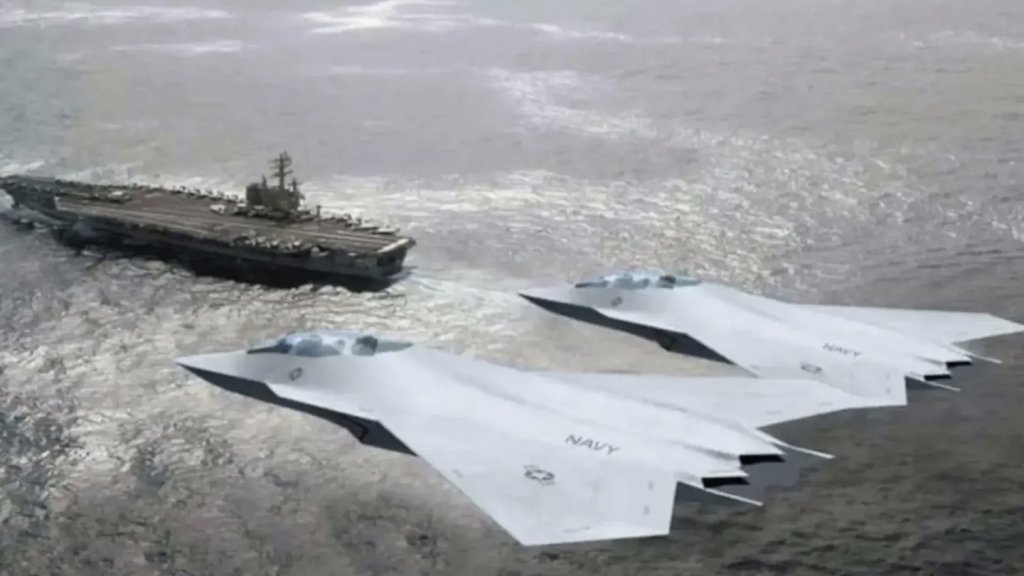
Finally, from much of what we have seen, the Navy seems to be interested in cheaper and more disposable CCAs than the Air Force, which is pursuing a much higher-end capability with unit costs in the tens of millions. This came up again today at the conference, with the possibility of buying CCAs with very short airframe life at lower costs being an attractive option for the service. So, while much of the command and control architecture and some of the tactics, logistics and procedures may port over, the USAF may end up with a very different CCA vision than the Navy and possibly the USMC.
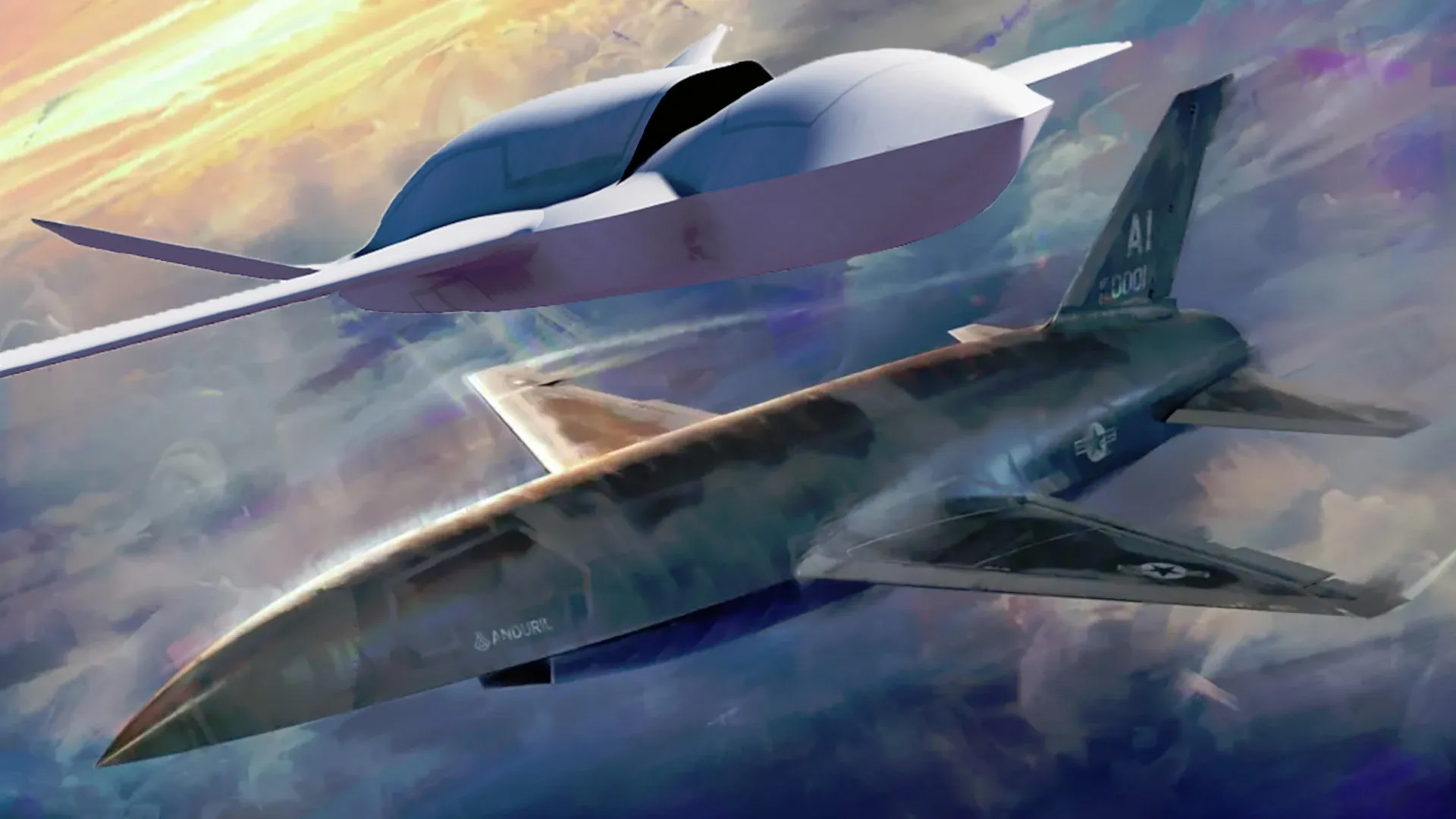
We’ll have to see how this all plays out, but it seems clear that the Navy thinks it has enough drone challenges on its hands at this time with the MQ-25 and that it can wait to take on more.
Contact the author: Tyler@twz.com
